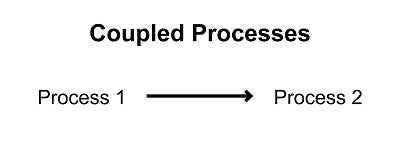
This blog is part of a series on designing a demand driven operating model.
1. What are Decoupling Points?
2. What are Control Points?
3. Protecting Decoupling and Control Points
A. Stock Buffers (Decoupling Points)
B. Time Buffers (Control Points)
C. Capacity Buffers (Decoupling and Control Points)
Becoming Demand Driven
In the modern manufacturing industry that experiences ever-increasing complexity, one of organizations’ biggest hopes for minimizing variability, maximizing flow, and achieving long-term competitive success is becoming demand driven.
As Debra Smith and Chad Smith state in their book, Demand Driven Performance: “Demand driven strategy is about dramatic lead-time compression and the alignment of efforts to respond to market requirements. This includes careful synchronization of planning, scheduling, and execution with actual consumption.” The idea is that organizations position themselves and their operations to be able to respond to customers and the environment in the most agile way possible, and with the least waste (of time, money, and other resources) possible.
Demand Driven Operating Model
Part of becoming demand driven, aside from understanding the growing complexities of the manufacturing industry and the implications of flow and variability, which we’ve discussed in previous blogs, is designing a demand driven operating model.
This process involves a variety of steps, and often the best way to successfully create a demand driven operating model for your organization is working with a trained professional who understands the process deeply and can help guide you through it. This blog will discuss the big ideas behind the first step of the process, which is placing decoupling points, but if you’re interested in learning more or beginning the process, members of our team at Repathis, are certified as Demand Driven Leader Professionals, meaning we have resources certified to analyze and evaluate organizations using the demand driven operating model and demand driven S&OP principles. Contact us here if you’d like to learn more about designing a demand driven operating model and applying demand driven principles.
Let’s jump into this first topic: placing decoupling points.
What Are Decoupling Points?
Before placing decoupling points, one first must understand what decoupling points are.
Decoupling point: Placing inventory stock between two processes to create independence between processes. This way, demand can build up in one process, and can be fulfilled immediately in the next process without the lead time of the previous process affecting timing


